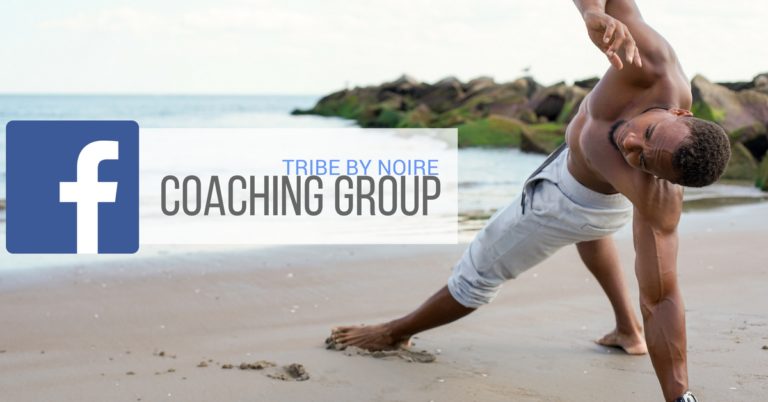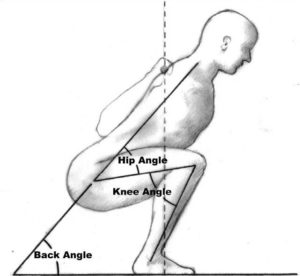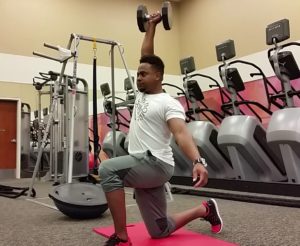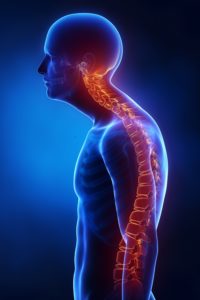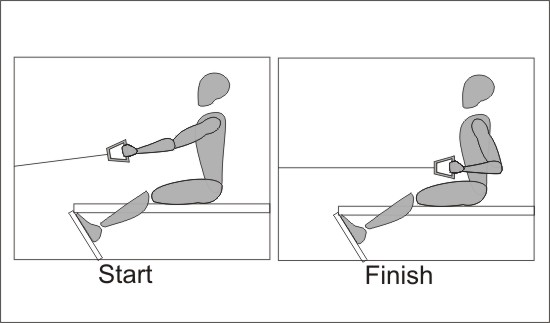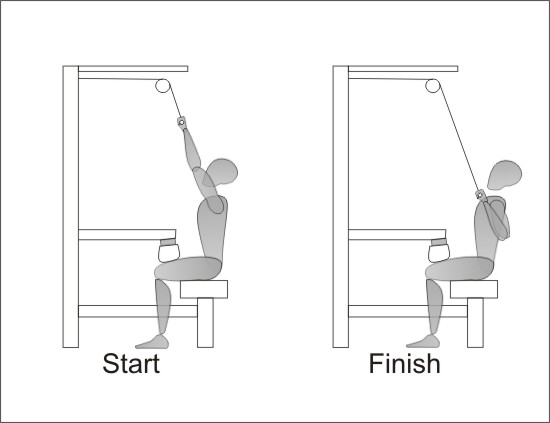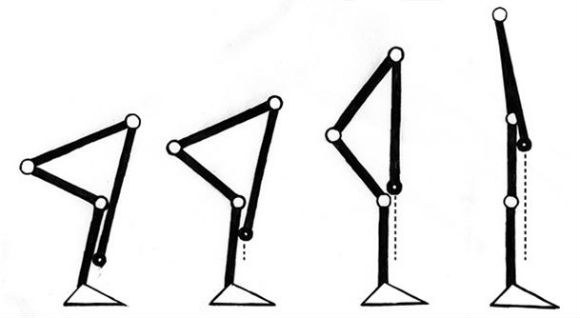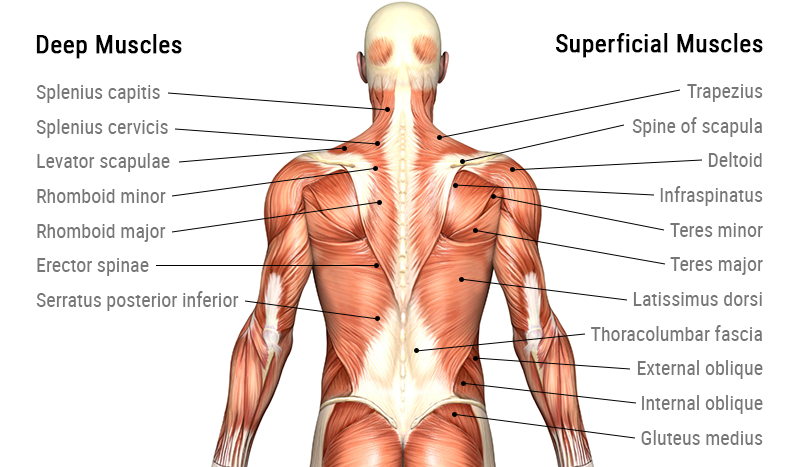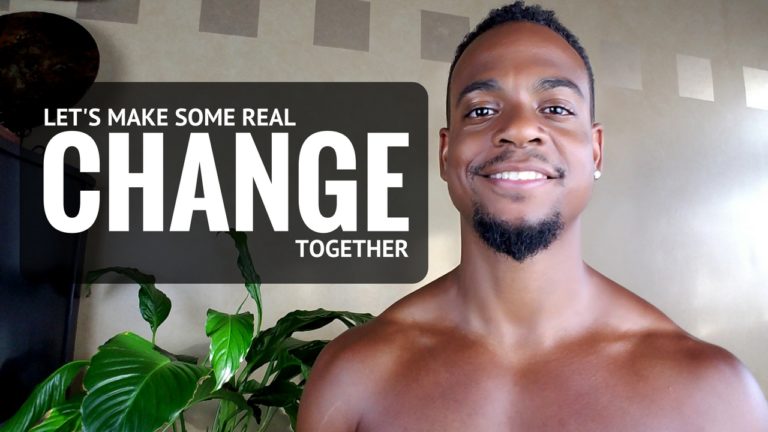I want to talk about the top 3 mistakes in gaining muscle mass. I get questions all the time about how to gain muscle mass and what the best rep scheme is. Understand that there isn’t a one size fits all kinda program, but there are certain key mistakes that most people make that hurt progress the most.

How Muscle Growth Works
- The brain sends an electrical impulse down the spine and through the nervous system.
- The nervous system then commands muscle to contract.
- That contraction then produces force and creates resistance.
THE 2 REASONS FOR MUSCLE GROWTH
- To produce force in order to move the body or other objects in a given environment.
- To resist against force from external objects and gravity.
TRAIN & HUMAN ADAPTATION
One thing that the human body does extremely well is adapt to a given environment or lifestyle. These adaptations are a biological survival mechanism that make it easier for us to do what we do. The whole premise of training is to intentionally create these adaptations to get a desired result, like muscle growth.
TRAINING TO IMPROVE FORCE PRODUCTION & RESISTANCE CAUSES MUSCLE GROWTH
In order to facilitate maximal force production and resistance, the body increases the size of its muscle. When you look at the purpose of muscle, it becomes obvious that strength training is the key to muscle growth.
Now that we’ve got that squared aware, let’s talk about the 3 biggest muscle mass killers.
1. Over Training
You want to work hard in the gym and challenge the body to grow, but you can definitely overdue it. This can be doing too many reps and it can also be lifting too much weight. The biggest causes of this is over zealousness and poor or no programming.
Strength training should be tested, calculated, tested, and then recalculated. It shouldn’t be a string of randomly chosen days where you just go to the gym and try to lift as heavy as possible. Get a good strength training program that is no less than 4 weeks and stick to it all the way through. Document the final results and continue from there.
For more on over training, read 6 signs of over training
2. Poor Eating Habits
There are so many different theories on how to eat, when to eat, and what to eat, but I want to dispel some myths about diet in regards to muscle growth.
YOU DO NOT NEED 1 GRAM OF PROTEIN PER POUND OF BODY WEIGHT, OR EVEN HALF THAT
The myth that you need to eat so much protein is straight up bro science and its dangerous. Too much protein intake causes fat gain, kidney disease, cancer growth, and other issues.
In order to calculate your protein intake you need to find out what your lean mass index is. You typically need 1.5 – 1.8 grams of protein per kilogram of lean mass per day.
This is a big part of the reason why I recommend following a vegan diet because meat, dairy, and egg eating tends to result in excessive fat and protein intake which results in all of the health issues we have today.
YOU CAN NOT SPEED UP MUSCLE GAIN BY EATING AS MUCH AS POSSIBLE
Muscle gain happens when you’re in a caloric surplus, but excessive eating causes an increase in body fat. The key is to slowly increase your caloric intake. For example, if you’re consuming 1800 calories per day to maintain your current body weight, increase it to a solid 2000 – 2100 calories for four weeks and document your results.
Typically you’ll gain an average of 1 lb of lean mass per month. Anymore than that is more than likely water and fat. When taking measurements, I would recommend circumference measurements, a skin-fold test with calipers, and obviously stepping on the scale.
JUNK FOOD DOES NOT HELP MUSCLE GROWTH
Eating junk food can inhibit muscle growth by bogging down your gut with toxins. Poor gut health hinders nutrients absorption and creates inflammation which leads to excess soreness, and low energy levels. All of your calories should come from nutrient dense foods.
For more info on how to improve gut health, read Fix your gut and lose fat with prebiotics
3. Lack Of Sleep
Muscle does not grow in the gym, it grows at rest. The training in the gym is only to stimulate the muscle to spark the process of adaptation, but the building and repairing of muscle happens in bed with a good night’s sleep.
Lack of sleep disrupts homeostasis which is the body’s natural state of balance. If this balance is disrupted, the body will reduce or even shutdown muscle growth in order to prioritize getting back that natural state of balance. This ultimately leads to over training, so they pretty much go hand in hand.
From what I’ve seen in my own personal journey as well as my clients, is that going to bed in between the hours of 8 and 10pm and waking up between 4 and 6am yields the most results. While following this type of sleep pattern, you may notice that you have twice as much energy as usual, a higher sex drive, more mental clarity, increased fat loss, and an increase of muscle size and strength.
Avoid These Pitfalls By Prioritizing Stress Management
Train with a mindset of self love and gratitude rather than a mindset driven by frustration and discomfort. Learn to enjoy the process and stay focused on all the positive changes you will experience in the future.
Eat foods that heal and cleanse the body and avoid toxic foods at all costs. Take control of your diet by cooking all of your own foods. Take time to be aware of what you eat and have an honest dialogue with yourself about your lifestyle. That is how you begin to break bad habits.
For more on breaking habits, read How to rid yourself of bad habits
Manage your time as best as possible by scheduling out your days. Schedule everything! Set a limit to how much work you’re willing to take on in a given day and set a reoccurring bedtime. Setting boundaries is a great way of reducing the stress in your life.
For more on reducing stress and even reducing negativity, read 7 ways to cut negativity out of your life
Thanks for reading, I appreciate you!
-Remson
Tribe By Noire

I’ve created this platform to help you become the most powerful version of yourself through fitness, plant based nutrition, and mindset coaching.
copyright © 2018 Tribe By Noire. All Rights Reserved
